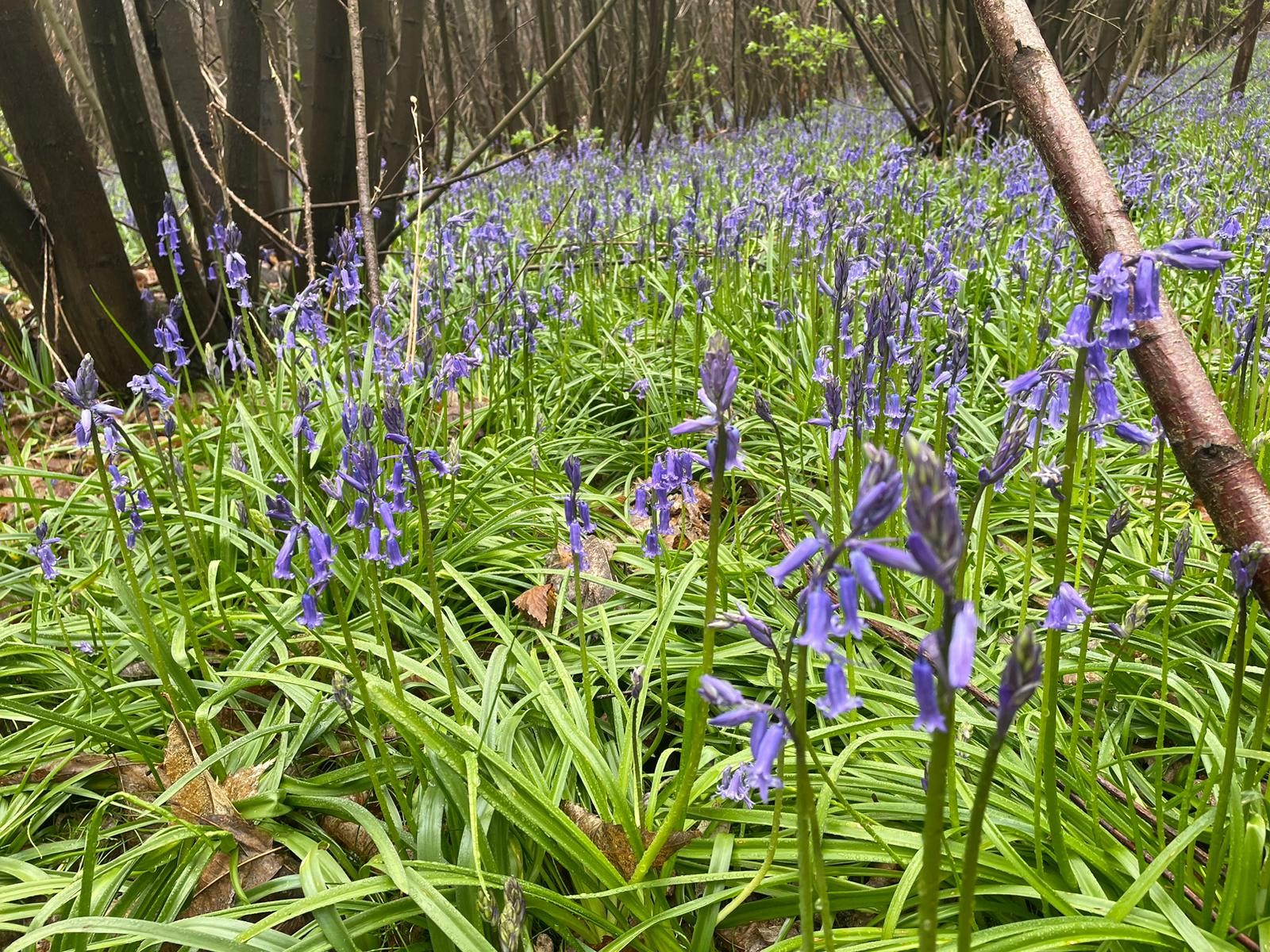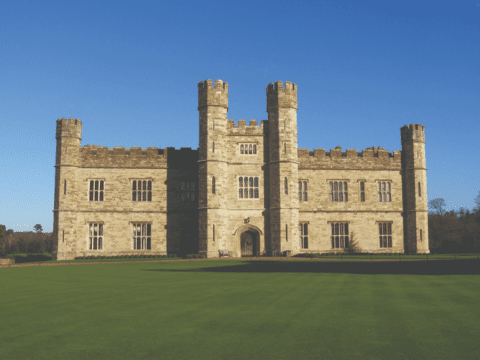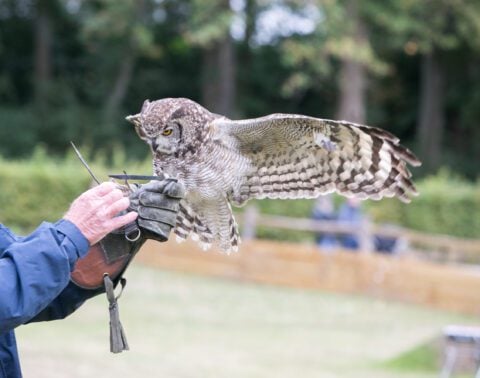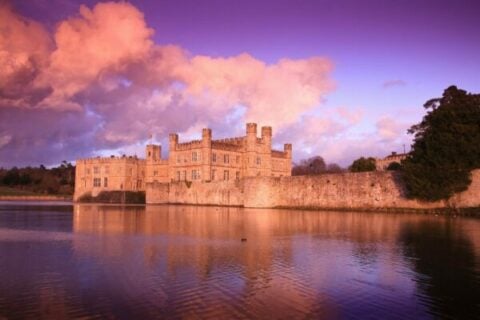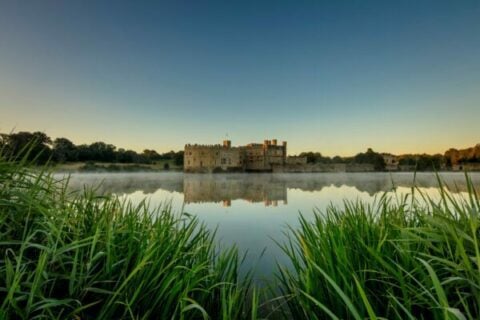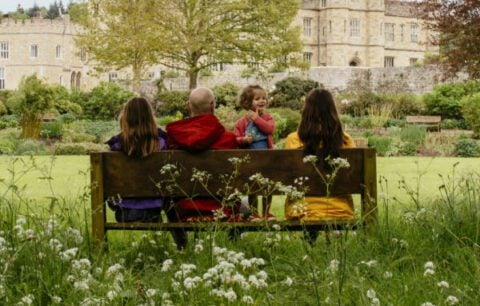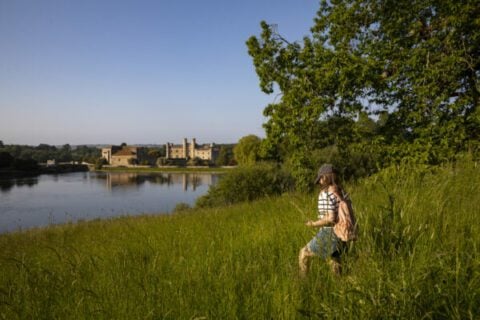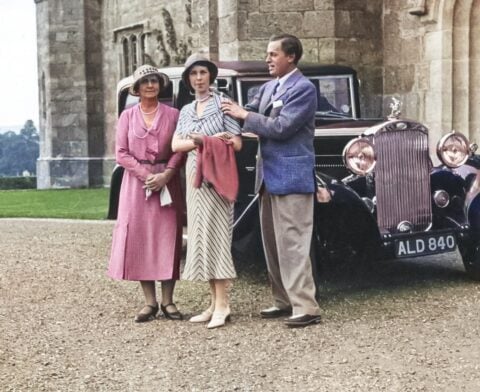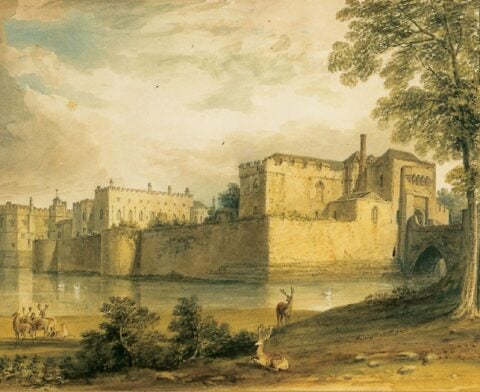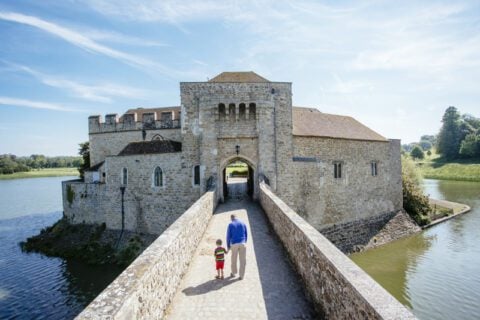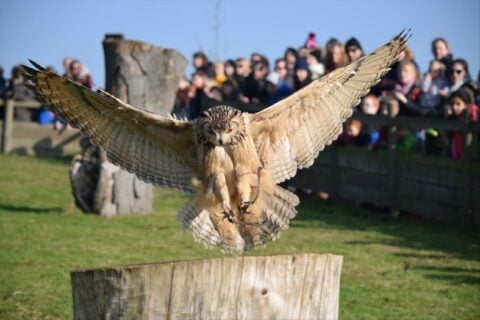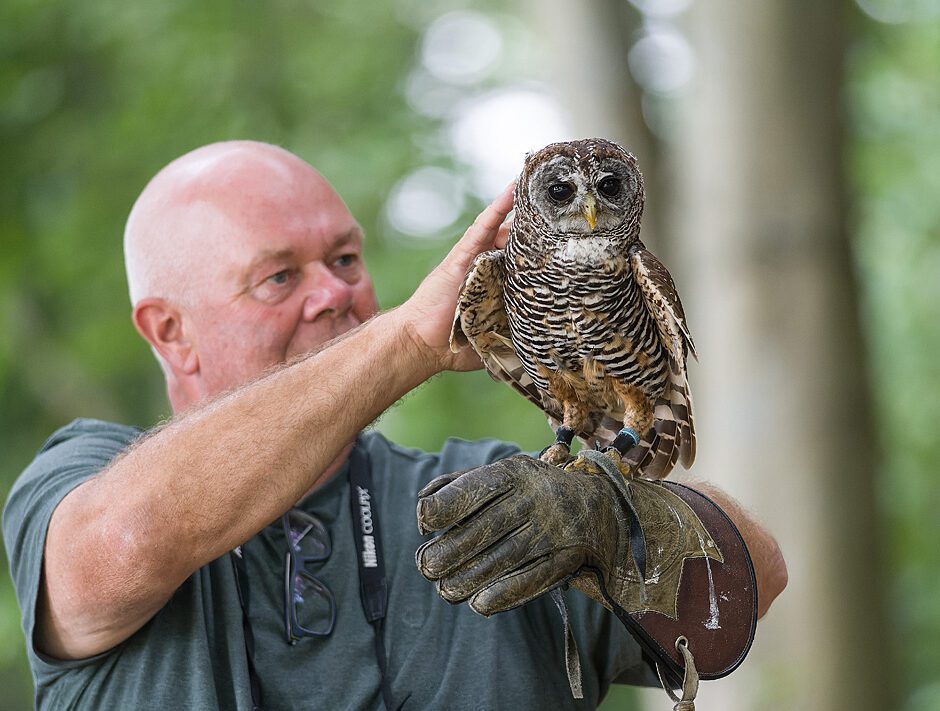Welcome to the first blog from our Woodland & Wildlife Volunteers. Take a glimpse into their work across the ‘wider’ estate. This is where they create, maintain, sustain, and manage habitats for a wide range of flora and fauna.
So what is the wider estate and how big is it?
The ‘Castle’ area we all know, and love, consists of the Castle itself, Gardens, Falconry, Maze, Golf Course, Great Water and so on. This area amounts to some 500 acres. Outside of that, we have the wider estate. Consisting of woodland, pasture and farmland, much of it integrated by public footpaths. This totals some 1800 additional acres. It is full of mammals, insects, reptiles and birds. It’s also important that we protect this biodiversity to benefit us now and for future generations.
There is a common misconception that woodlands in Britain. They are thought of as wild places that can look after themselves and that a policy of non-intervention ‘helps wildlife’. That is simply not true. There are no wildwoods in Britain and every woodland has been influenced, to some degree, by centuries of manmade activity. Our woodlands have been tamed and the wildlife associated with them adapted to these managed conditions. To the point where they have become largely dependent on manmade changes, especially for allowing light in. If woodland management activities change, then expect the wildlife, dependent on these practises, to change too.
There is strong evidence from studies of plants, insects and birds that some of our best-loved woodland wildlife is in crisis. Woodland plant species diversity has declined by 19%, woodland butterfly populations declined by 74%, and birds 32%. So anything we can do to help is vitally important.
Linked to woodland management, we create habitats for lichens, insects, birds, reptiles and mammals. This can be as simple as a log stack, or a more complicated dead hedge made from the brash of trees that have been felled because of disease, or for the creation of light. This activity encourages new species, helps maintain current numbers, and boosts the biodiversity in the woodlands and surrounding areas.
We also undertook survey work, to understand how the wildlife and tree population is coping and it is important to conduct annual surveys of:
- Trees
- Butterflies
- Skylarks
- Bats
- Reptiles
We hope that we will be able to undertake more of this important work in the future. Only by creating an understanding of whether insect numbers are up or down. It’s important to note that the tree survey also highlights the health of veteran trees, which is an important National tool.
We also regularly walk miles of footpaths through the wider estate. This is to check for potential hazards to the public, obstructions and accessibility. We clear the obstructions and undergrowth and ensure stiles, gates etc are clear
In addition, we take on a number of tasks on the Golf Course in support of the Greenkeepers and Golf Wardens.
In the coming weeks and months, keep your eyes peeled as we share some of our projects and the sights we are privileged to see. Our woodlands will shortly be carpeted in bluebells and the air filled, each morning and evening, with their heady scent. We hope we can give you, at least, an insight into this wonderful annual event.
